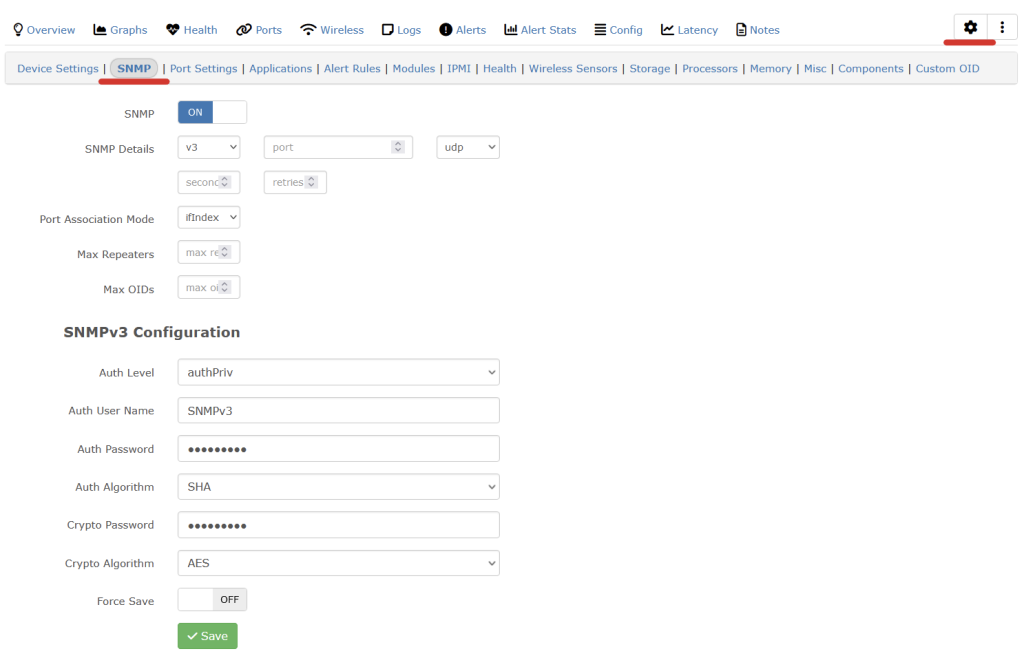https://help.mikrotik.com/docs/display/ROS/OSPF
Setting up OSPF between Mikrotik routers is not too difficult. The following commands should work with RouterOS version 7+. Run these commands on each Mikrotik changing out the router-id.
Create a Loop-back interface
First it would be a good idea to create an loopback interface that will stay up. We’ll use this address as the router-id. This should be unique per router.
/interface/bridge/add name=loopback
/ip/address/add address=1.2.3.4 interface=loopback
Now lets setup OSPF.
Create OSPF Instance
First we’ll create the instance. Use the address from the above loopback address. Technically you can use whatever id you want as long as it is a 32 bit “address” and is unique.
/routing/ospf/instance/add name=default router-id=1.2.3.4
IMPORTANT NOTE: If this router is also the default gateway, you’ll need to specify the “originate-default=always” option to share the default gateway over OSPF to the other routers. You don’t have to do this if you don’t want to share the default route.
Create OSPF Area
Now we can create an OSPF area. For a simple OSPF setup, we’ll just use the default 0.0.0.0 area.
routing/ospf/area/ add name=default area-id=0.0.0.0 instance=default
Create Instance
Now we can add an instance. This is responsible for what networks get shared with OSPF. If you want to do all the addresses on the router, then use 0.0.0.0/0. If you only want to do specific networks, run an entry for every network, changing 0.0.0.0/0 to the network of interest.
/routing/ospf/interface-template/add networks=0.0.0.0/0 area=default
Wrapping Up
After that we can check to make sure things worked.
/routing/ospf/neighbor/print
You should see at a neighbor. It can take a little bit for the neighbors to show up.
You can also check the routes on the router.
/ip/route/print
OSPF has a default distance of 110, so checking the routes is a quick way to verify the routes are getting updated. Do note that if you have a static route in with a lower distance, that will take precedence over OSPF.




